I've a pretty basic math expression grammar for ANTLR here and what's of interest is handling the implied * operator between parentheses e.g. (2-3)(4+5)(6*7) should actually be (2-3)*(4+5)*(6*7).
Given the input (2-3)(4+5)(6*7) I'm trying to add the missing * operator to the AST tree while parsing, in the following grammar I think I've managed to achieve that but I'm wondering if this is the correct, most elegant way?
grammar G;
options {
language = Java;
output=AST;
ASTLabelType=CommonTree;
}
tokens {
ADD = '+' ;
SUB = '-' ;
MUL = '*' ;
DIV = '/' ;
OPARN = '(' ;
CPARN = ')' ;
}
start
: expression EOF!
;
expression
: mult (( ADD^ | SUB^ ) mult)*
;
mult
: atom (( MUL^ | DIV^) atom)*
;
atom
: INTEGER
| (
OPARN expression CPARN -> expression
)
(
OPARN expression CPARN -> ^(MUL expression)+
)*
;
INTEGER : ('0'..'9')+ ;
WS : (' ' | '\t' | '\n' | '\r' | '\f')+ {$channel = HIDDEN;};
This grammar appears to output the correct AST Tree in ANTLRworks:

I'm only just starting to get to grips with parsing and ANTLR, don't have much experience so feedback with really appreciated!
Thanks in advance! Carl
